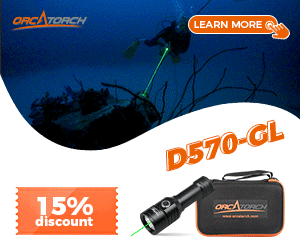Diver0001,
Good posts, and thanks for the recall info. I'll have to take a look at my Calypso regs now

Concerning the Keller dive, the one you pointed to is not the one I was thinking of. I did a search today, and found this site, which describes the 1000 foot dive:
http://www.divernet.com/history/1202atlantis.htm
Hannes Keller (note, I mispelled his name above), I believe is still alive and probably retired right now. But he pioneered the deep diving. This site details the tragic, but record-breaking, dive in which Peter Small and Christopher Whittaker lost their lives on December 3rd, 1962. I learned a bit too, in that the tragedy did not end with the dive. Take a look at the last two paragraphs of this site's write-up, and then ask youself next time you think about diving in hazardous conditions whether the risk is worth it. You may decide to abort and have a latte instead, and then go home and hug your wife.
From this thread's perspective, take a look at the photo at this site of Hannes Keller ready to go out of the chamber. He's using the second stage of a then-brand new to diving Calypso regulator. He dove it on the 1000 foot dive, I believe (although there is a reference to a recirculating system at this web site, I believe that they used open circuit from the large storage tank on the Atlantis at 1000 feet).
The US Navy never approved this regulator, because the exhaust valve was too small to meet the Navy specs. It wasn't until about the Conshelf era that the US Navy finally approved a single-hose regulator.
I owned the AMF Voit version of this regulator, called the V-11 Viking 40 regulator. It was the third regulator I had owned, the first two being the Healthways Scuba two-hose regulator, and the Healthways Scuba-Star (piston first stage, tilt valve second stage). It was also an amazingly easy-breathing regulator, compared to the two-hose regs I was using (Dacor R-4, USD Mistral) at the time.
SeaRat



